Blog 12/20/2020 - Battle of the Bulge
MHT Blog December 30, 2020 - Battle of the Bulge – Bastogne, Belgium
“Kampfgruppe Peiper Leaves Massacres in Its Wake”
MHT Honors Those Soldiers & Civilians Murdered during the Battle of the Bulge. I had always thought there was a Massacre at Malmedy, Belgium but in fact there were numerous war crimes committed by the Waffen-SS troops of Kampfgruppe Peiper, a German Waffen-SS unit led by LtCol Joachim Peiper part of the 1st SS Panzer Division Leibstandarte SS Adolf Hitler (LSSAH.) Peiper's Panzer Battle Group was strengthened by receiving the 501st Heavy Panzer Battalion with the new 70-ton Tiger II (King Tigers.)
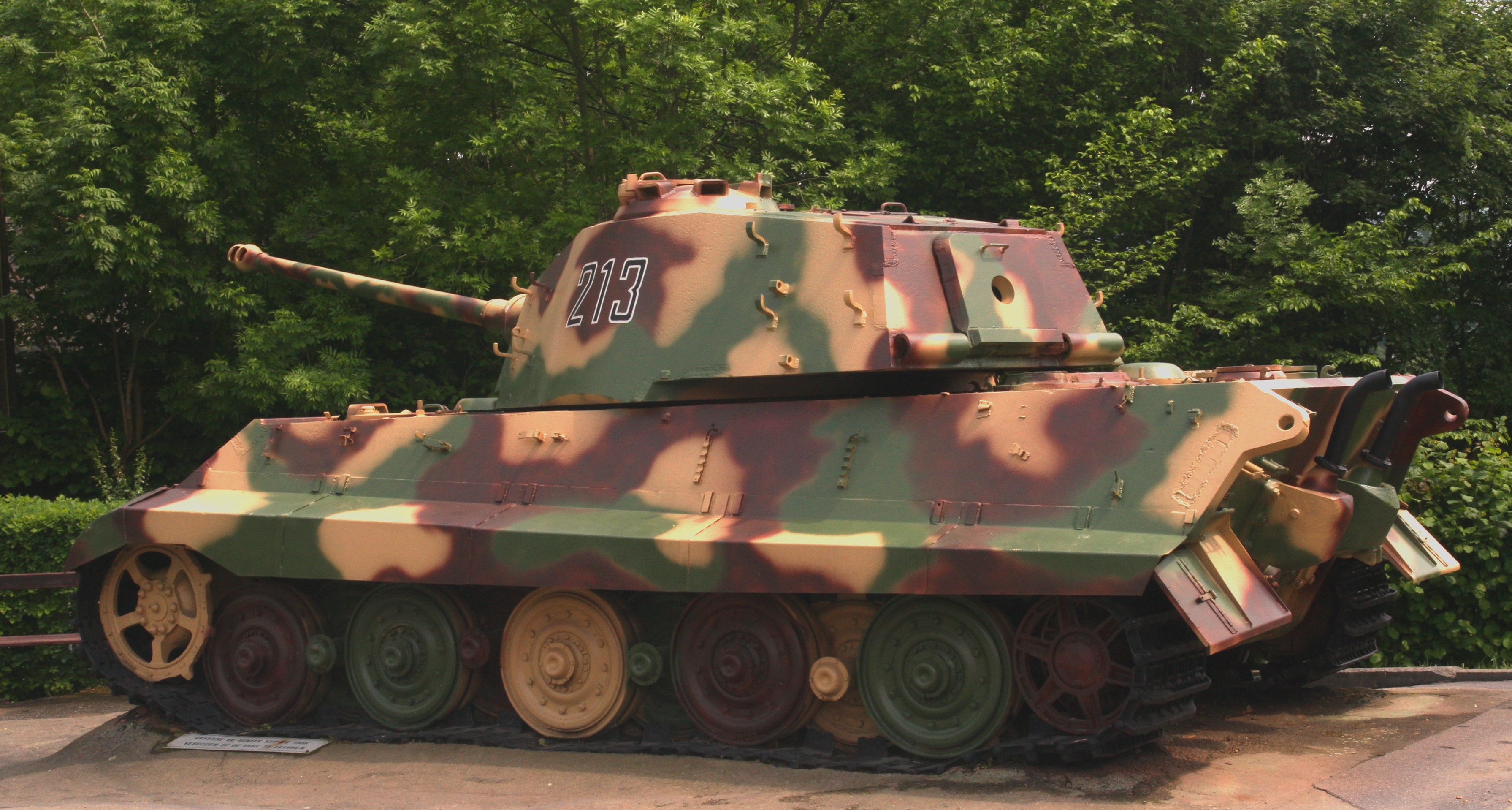
His battle group was to take bridges on the Meuse between Liège and Huy but moved out more than 24 hours behind schedule. After capturing Honsfeld, Peiper left his assigned route for several kilometers to seize a small fuel depot in Büllingen, where members of his force killed several dozen American POWs. Unknown to Peiper, he was in a position to flank and trap the 2nd and 99th U.S. Infantry Divisions had his troops advanced north towards Elsenborn.
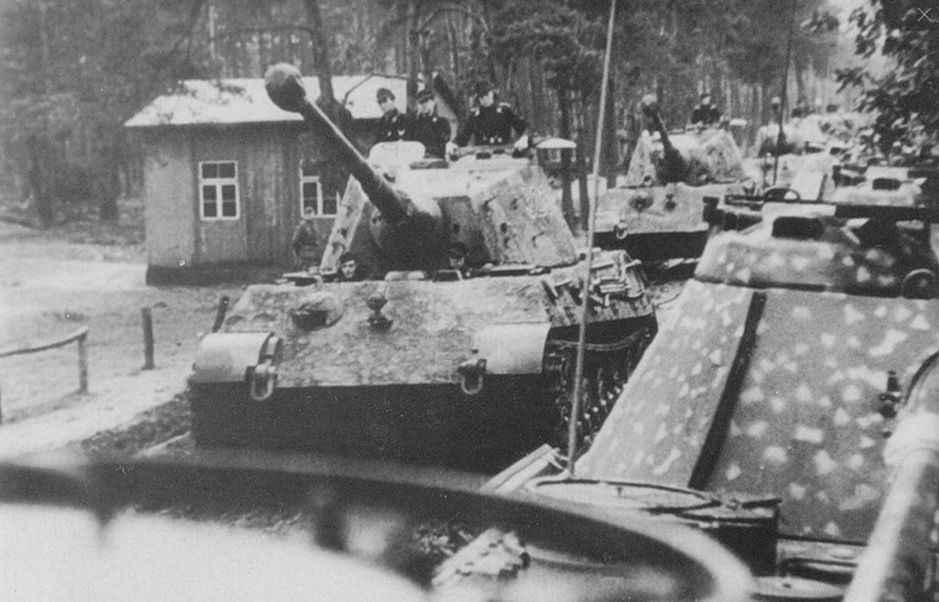
Peiper followed his orders to advance west with all haste towards the Meuse River. The terrain and poor quality of the roads made his advance difficult. Upon exiting the small village of Thirimont, the spearhead was unable to take the direct road toward Ligneuville. Peiper again deviated from his planned route. Rather than turn left, the spearhead veered right and advanced towards the crossroads of Baugnez, which is equidistant from Malmedy, Ligneuville, and Waimes.
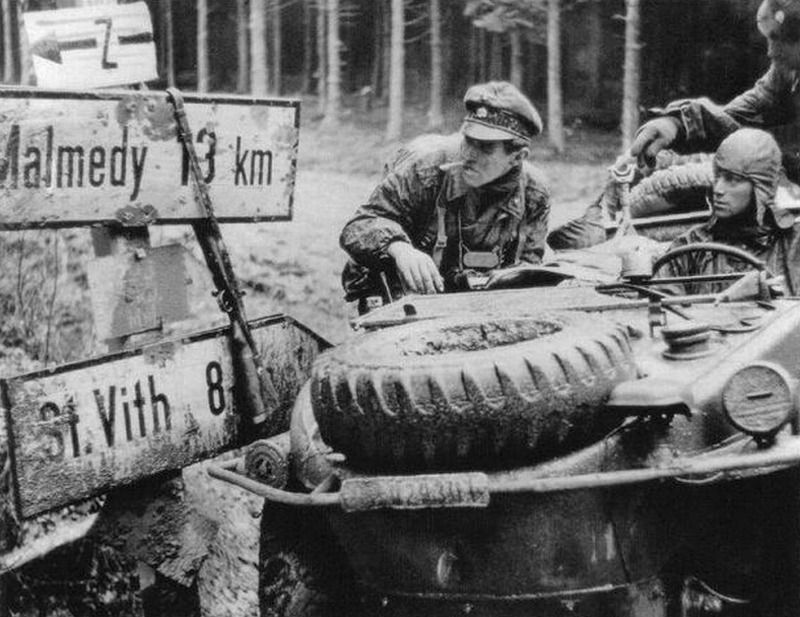
Between noon and 1PM, the Germans approached the Baugnez crossroads, two miles south-east of Malmedy. An American convoy of about thirty vehicles of B Battery, 285th Field Artillery Observation Battalion, was negotiating the crossroads and turning toward Ligneuville and St. Vith, where it had been ordered to join the 7th Armored Division. The spearhead Panzers of Peiper's group spotted the American convoy and opened fire, immobilizing the column's first and last vehicles, forcing it to a halt. Armed with only rifles and small arms, the artillerymen surrendered to Peiper's superior force. Peiper led his armored column westward toward Ligneuville.
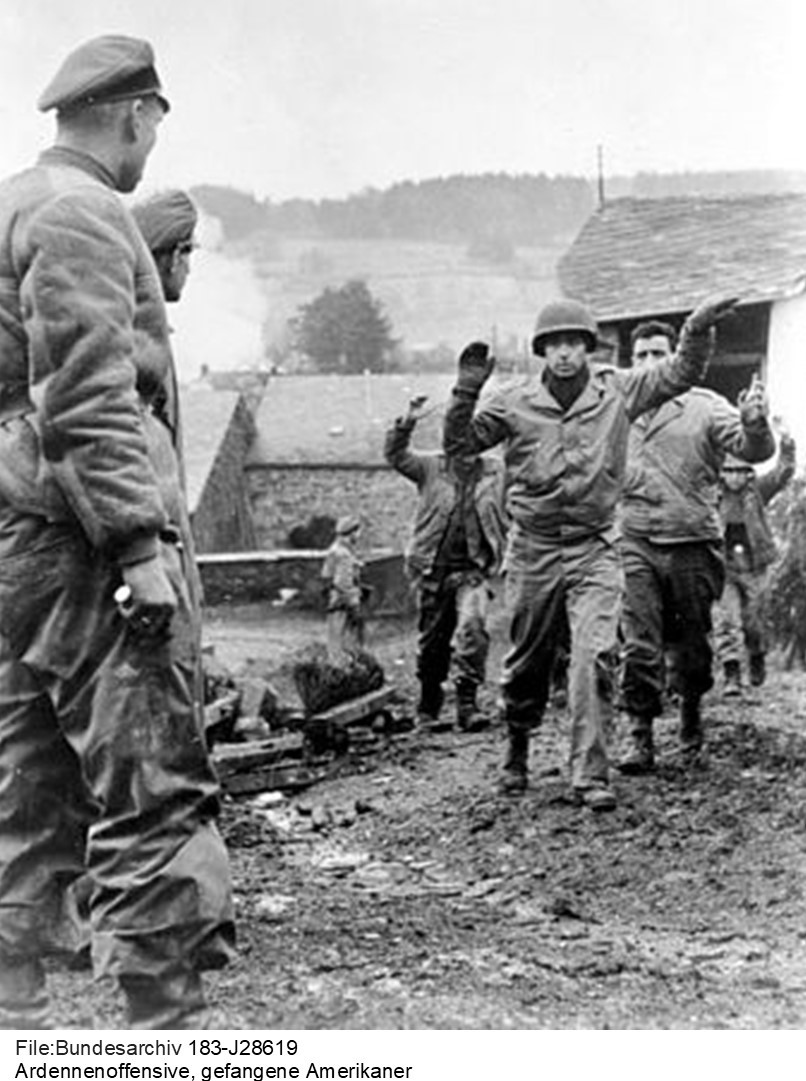
The German troops left behind assembled the American prisoners in a field along with other POWs captured earlier in the day. Many of the survivors testified that about 120 POWs were standing in the field when the SS troops suddenly opened fire with machine guns. As the Waffen SS machine gunners opened fire some POWs tried to flee, but most were shot where they stood. Some dropped to the ground and pretended to be dead but SS troops walked among the bodies shooting any they believed alive. A few escapees sought shelter in a café at the crossroads but the SS soldiers set fire to the building shooting those who fled the flames.
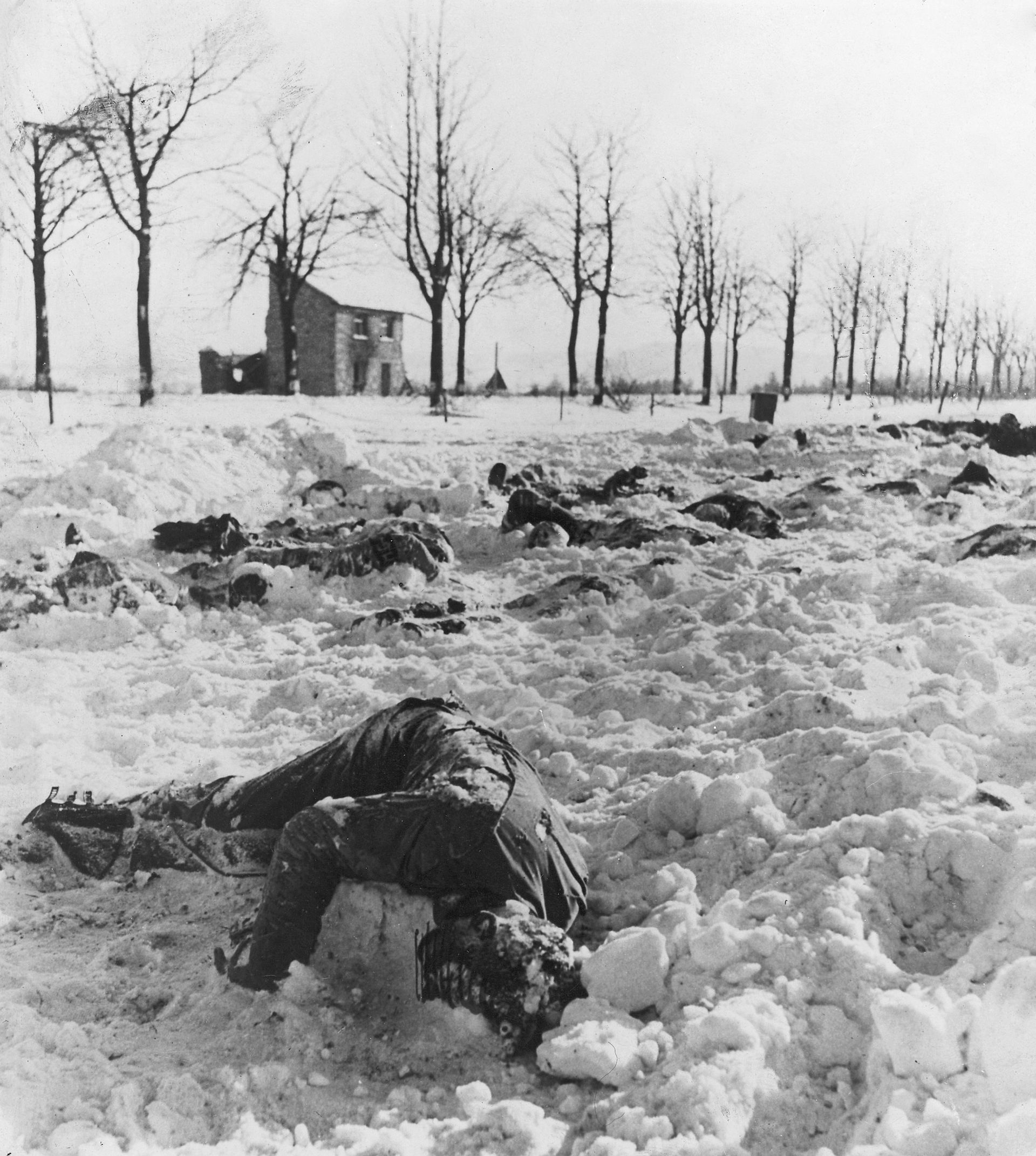
A few did survive emerging from hiding after the Germans moved forward and returned to the U.S. lines near Malmedy, where American troops still held the town. Eventually, 43 survivors reached friendly lines. The first survivors of the massacre were found by a patrol from the 291st Combat Engineer Battalion at about 2:30PM the same day. The massacre survivors were interviewed soon after returning and their stories were consistent and corroborated each other. The inspector general of the U.S. First Army learned of the shootings about three hours later. By late evening of the 17th, rumors that the enemy were killing POWs had reached the forward American division. One U.S. Army unit issued orders that "No SS troops or paratroopers will be taken prisoner but will be shot on sight."
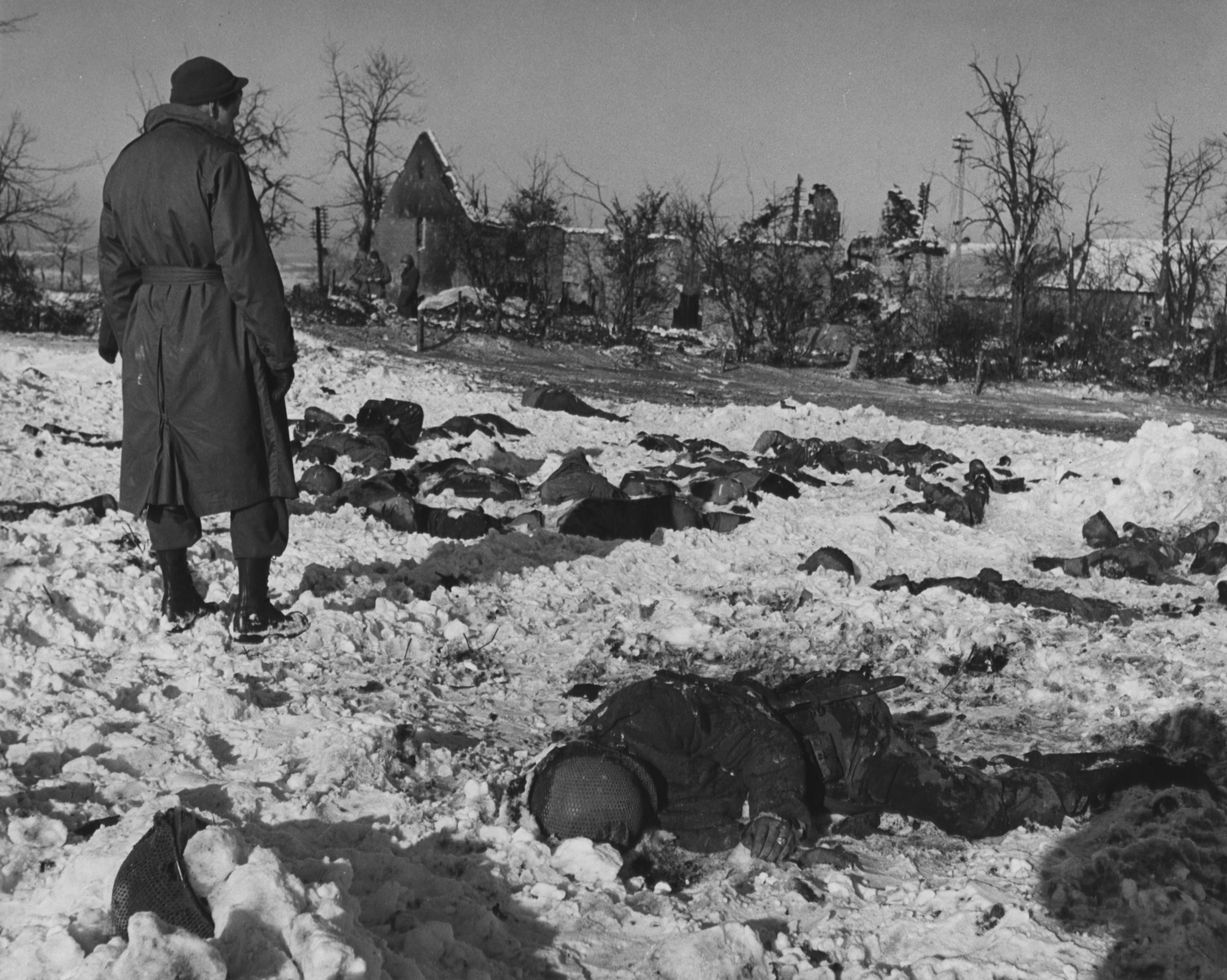
The Baugnez crossroads remained behind German lines until the Allied counter-offensive in mid-January. On 14 January 1945, US forces reached the crossroads and massacre site. They photographed the frozen, snow-covered bodies where they lay before removing them from the scene for identification and detailed post mortem examinations in Malmedy. The investigation was focused on documenting evidence that could be used to prosecute those responsible for this war crime. About 20 of the 86 bodies recovered had powder burn residue on their heads, indicating a deliberate shot to the head at point-blank range consistent with a massacre and not self-defense nor injuries received while attempting to escape. The bodies of another 20 showed evidence of small-caliber gunshot wounds to the head but didn't display powder-burn residue. Some bodies showed only one wound, in the temple or behind the ear. Ten other bodies showed fatal crushing or blunt force trauma injuries, most likely from rifle butts. All the head wounds were in addition to bullet wounds from automatic weapons. Most of the bodies were found in a very small area, suggesting the victims were gathered close together before they were killed.
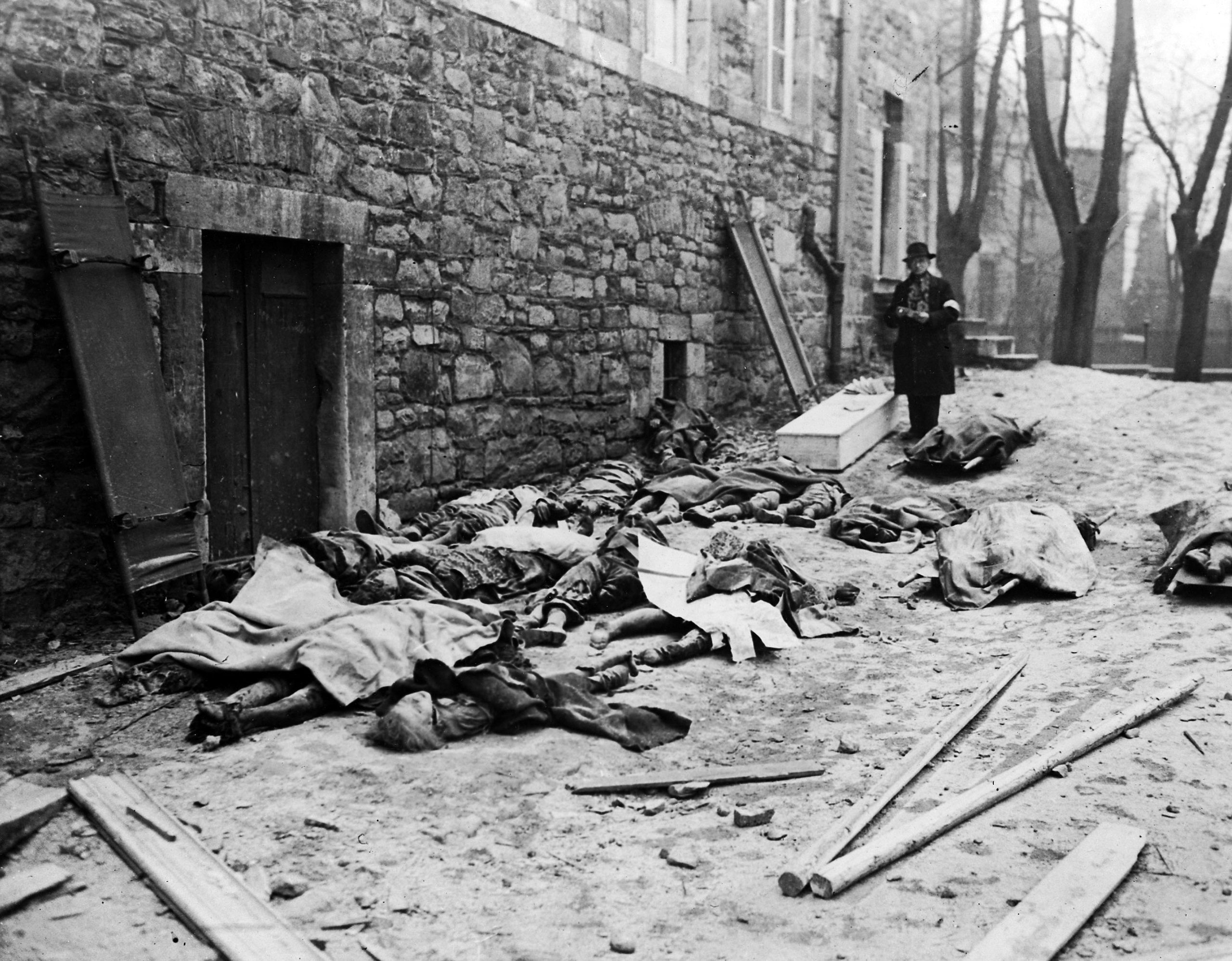
The path forced through the American lines by Kampfgruppe Peiper was marked by additional POW murders including at least eight American prisoners in Ligneuville. Members of his unit massacred POWs in Stavelot, Cheneux, La Gleize, and Stoumont to name a few. On 19 December 1944, between Stavelot and Trois-Ponts, Kampfgruppe Peiper trying to regain control of the bridge over the Amblève River which was crucial for resupplying reinforcements, fuel, and ammunition slaughtered 93 Belgian Civilians in Stavelot. Peiper's SS troops killed in total about 373 U.S. POWs and 111 Belgian Civilians.
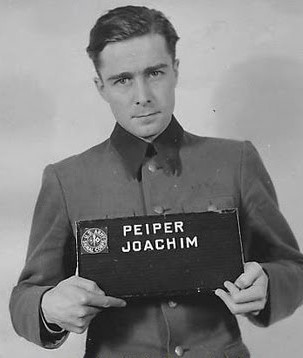
The Malmedy Massacre Trial was held in May–July 1946 in the former Dachau Concentration Camp as part of the Dachau War Crimes Trials to try the German Waffen-SS soldiers accused of the Malmedy massacre. The highest-ranking defendant was the former Waffen-SS General Sepp Dietrich who commanded the 6th Panzer Army that the LSSAH belonged. Peiper and 42 others were sentenced to death by hanging but the sentences were commuted to prison sentences of which Peiper was the last to serve until December 1956. After his release from prison, Peiper worked for both Porsche and Volkswagen who had provided huge amounts of Nazi war vehicles before retiring to Traves, France, in 1972 where he worked as a freelance translator.
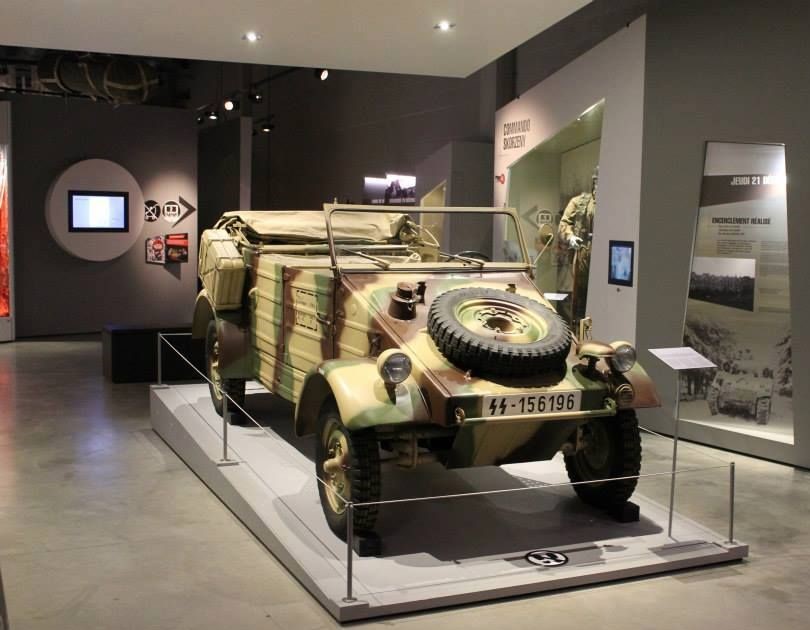
Throughout, he maintained frequent, albeit discreet, contact with his SS network. In July 1976, after his identity as an SS member and war criminal was publicized in France by a communist journalist, arsonists firebombed his home murdering him. He died in the flames much to the joy of the families of the 484 American and Belgians who perished in the Bulge. MHT gets to the Bulge twice in 2021, join us. https://www.miltours.com/index.php?route=product/product&path=17&product_id=167
